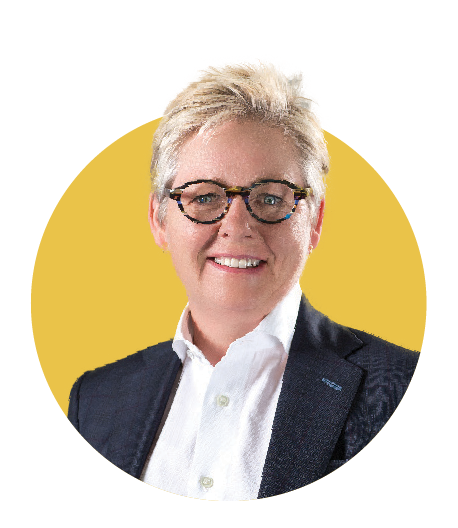Academic freedom and freedom of expression are trending topics for Universities . Post- secondary campuses are places where people explore new ideas, challenge societal values and help the dreams of students come to fruition. The ability to pursue different ideas and approaches unfettered is fundamental to higher education, But what happens when an argument is deemed offensive? And who gets to decide what’s offensive? sometimes one side of the debate dominates academic discourse.
It’s time to investigate how universities can be supportive of both fundamental rights; institutions need to agree on a set of principles that can navigate these two issues in a way that doesn’t compete.

ACADEMIC RESTRICTION FREEDOM VERSUS FREEDOM OF EXPRESSION
From an Ontario professor’s controversial refusal to use gender-neutral pronouns to tense contract negotiations between instructors and post-secondary institutions, academic freedom and freedom of expression are a regular part of common topic in today’s news cycle.
It’s a discussion that’s been going on since the time of Socrates and one in which all university faculty members have an interest. The ability to pursue different ideas and approaches methods unfettered is fundamental to higher education, but what happens when an argument is deemed offensive? And who gets to decide what’s offensive? What’s often framed as a black or white argument is often more complicated composed of a multitude of shades of grey.
As the scientist Erwin Schrödinger once said, “In an honest search for knowledge, you quite often have to abide by ignorance for an indefinite period.”
What is academic freedom?
The foundation of academic freedom dictates that intellectual exploration must be carried out without regard for prevailing political winds, popular opinion or personal considerations.
At Mount Royal, academic freedom is considered a fundamental right of faculty. The University’s policy on academic freedom — approved in 1993 and up for review in April — reads, in part:
“Academic members of the community are entitled, regardless of prescribed doctrine, to freedom in carrying out research and in publishing the results thereof, freedom of teaching and of discussion, freedom to criticize the University and the faculty association, and freedom from institutional censorship.”
The policy also states that academic freedom “carries with it the duty to use that in a manner consistent with the scholarly obligation to base research and teaching on an honest search for knowledge” (in an obvious nod to Schrödinger), and that academic staff have an “obligation to use academic freedom in a responsible manner. This implies a recognition of the rights of other members of the academic community, and a tolerance of differing points of view.”
Academic freedom should be a core value of all universities, says Sinclair MacRae, PhD and a philosophy professor in the Department of Humanities at Mount Royal. This and other foundational elements of post-secondary institutions work to generate principles that are normative guides offering direction to society. Those guides say, “Tell the truth, promote excellence, respect diversity,” MacRae says. The role of the university is to promote justice, generally, and serve functions that include executing research, the creation of knowledge and performing inquiries into issues about values.

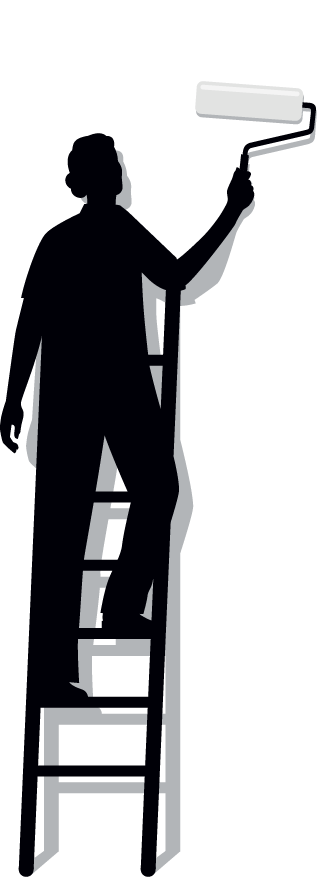
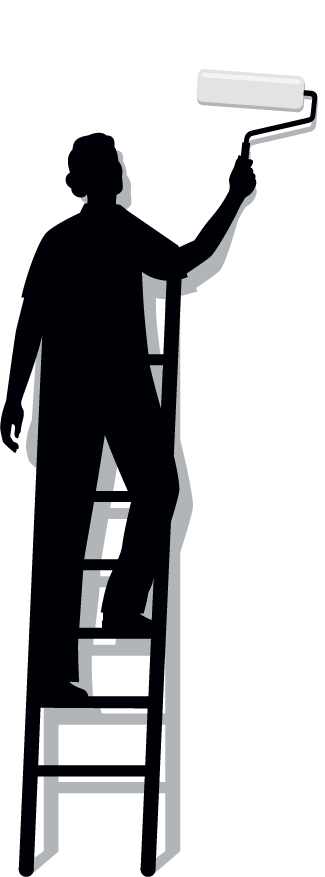
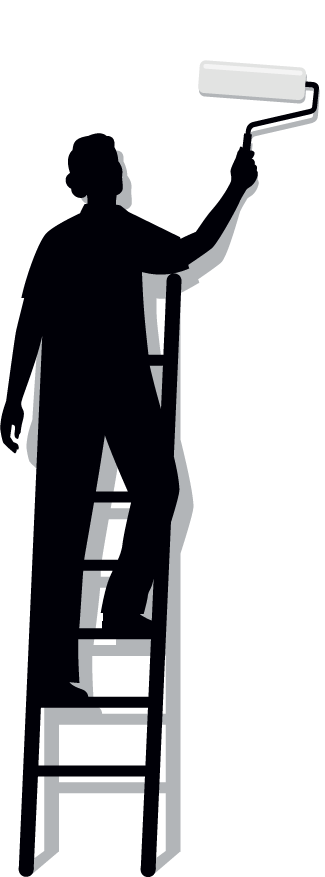

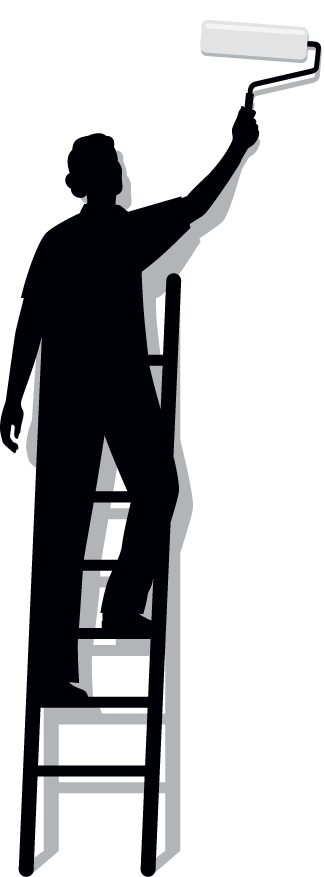
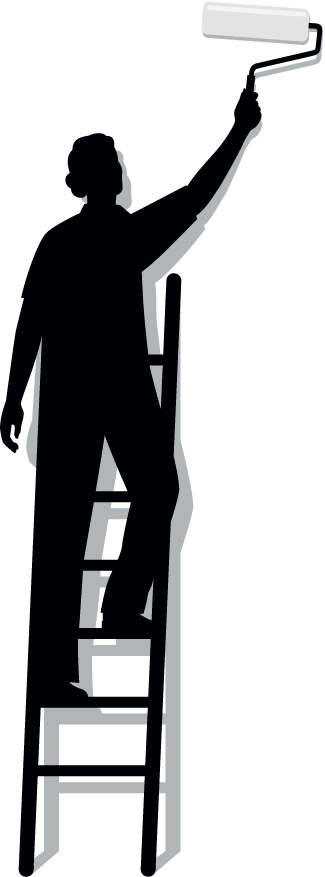
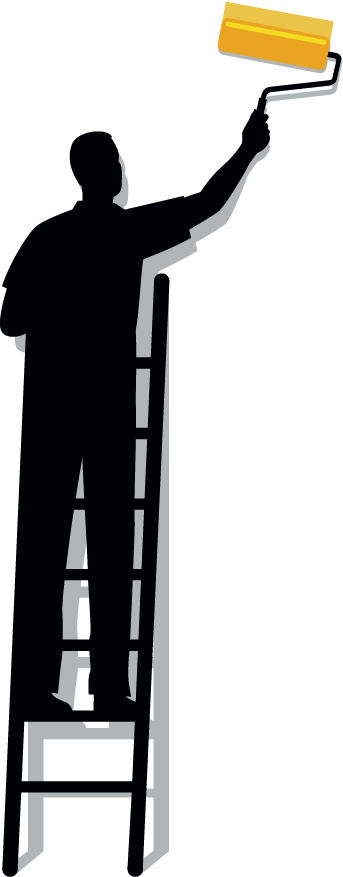
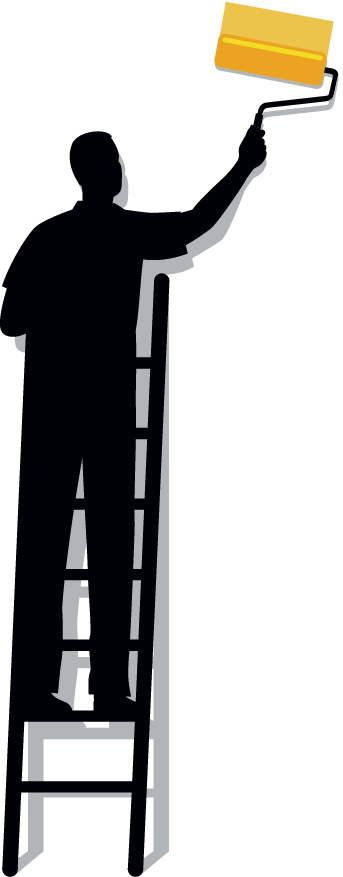
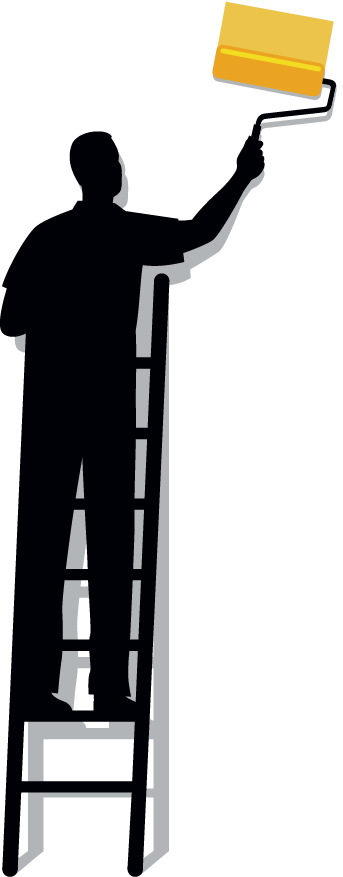

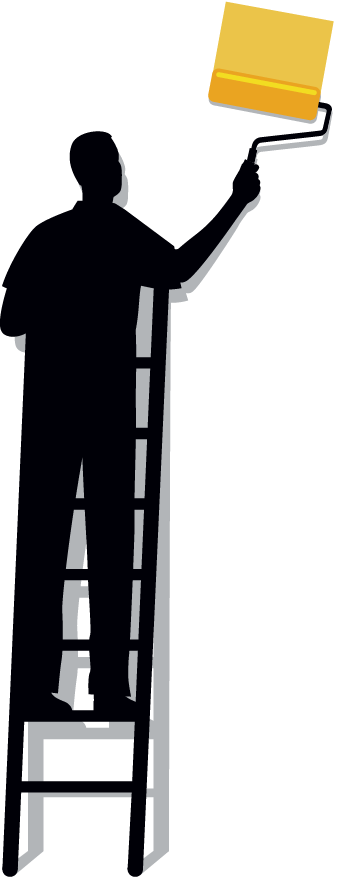
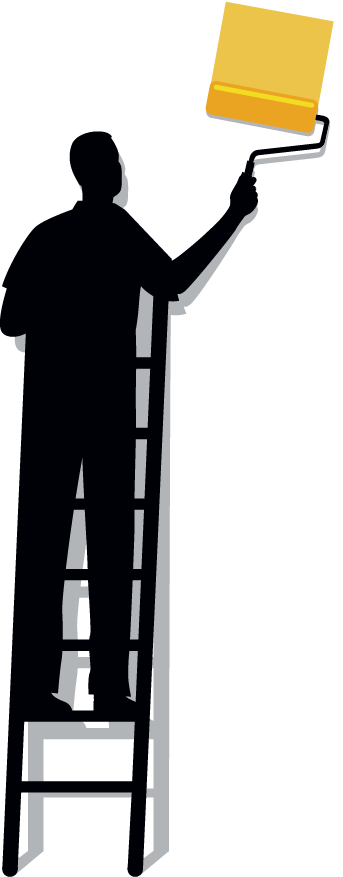
Academic freedom should be a core value of all universities, says Sinclair MacRae, PhD and a philosophy professor in the Department of Humanities at Mount Royal. This and other foundational elements of post-secondary institutions work to generate principles that are normative guides offering direction to society. Those guides say, “Tell the truth, promote excellence, respect diversity,” MacRae says. The role of the university is to promote justice, generally, and serve functions that include executing research, the creation of knowledge and performing inquiries into issues about values.
“Academic freedom is needed in order to carry out those socially useful purposes and therefore is ultimately justified by the promotion of justice. Values generate principles and the principles generate rights, obligations, duties, powers,” MacRae says.
He acknowledges it is a fairly complex story, but the basic idea is academic freedom is necessary for the common good of society.
Lesley Brown, PhD, provost and vice-president, academic, says she views academic freedom with “a sense of pride and a sense of protection.”
“The advantage of academic freedom is it allows us to talk and explore subjects that are on the edge of comfort. And that is what we want to be able to do for our students,” Brown says. “We want to be able to share and discuss controversial subjects because, I believe, it really pushes boundaries of thinking and strengthens the capacity to view and exist in the world.”
And, as Brown points out, it’s not about supporting this perspective or that one; it’s about supporting faculty’s right to hold those perspectives.
What is freedom of expression?
Under section 2(b) of the Charter of Rights and Freedoms, Canadians have the right to “freedom of thought, belief, opinion and expression, including freedom of the press and other media of communication.” Freedom of expression isn’t absolute, however. Section 1 states the rights and freedoms set out in the charter are “subject only to such reasonable limits prescribed by law as can be demonstrably justified in a free and democratic society.” The courts have ruled those limits can be imposed on hate speech, libel laws and pornography.
Academic freedom and freedom of expression The two concepts are closely related, often intersecting. Frances Widdowson, PhD, a professor in the Department of Economics, Justice and Policy Studies, says that a “robust conception” of freedom of expression is required in order to allow for exploration of controversial areas.
“I, personally, argue for a very, very broad understanding of academic freedom, to the point where I almost can’t make a distinction between academic freedom and freedom of expression,” Widdowson says. “Limiting the freedom of expression of professors in areas not considered to be their area of expertise inhibits their ability to make connections between ideas.”
She adds that she has the most difficulty when it comes to the collision of academic freedom and pseudoscience. As defined by the Oxford English Dictionary, pseudoscience is “a spurious or pretended science; a branch of knowledge or a system of beliefs mistakenly regarded as based on scientific method or having the status of scientific truth.”
Widdowson posits, in research science and investigation, “all questions are open. Nothing is closed.” No stranger to controversy, Widdowson’s views on the theory of cultural evolution and Indigenous policies make headlines.
“A certain number of scholars think that my understanding of aboriginal-non-aboriginal relations has merit. It should be debated. A lot of other scholars don’t think it has (merit),” she says. “This is a very unsettled area that needs to be investigated and examined.”
Widdowson credits Mount Royal for how it’s handled the polemic surrounding her work. “The one thing I really appreciate about Mount Royal is that it’s done everything right in terms of my case. I just want to have the argument.”
Marc Schroeder, a professor in the Department of Mathematics and Computing and president of the Mount Royal Faculty Association, stresses that academic freedom exists within a peer-reviewed profession, which provides accountability checks and balances.
“It’s actually your peers who will help to ensure that the work you’re doing meets the standards of the discipline. At the heart of it, whatever you’re studying, whatever you’re teaching, it comes with a responsibility to apply logical thinking and reason, to engage in critical thinking, to support your positions with evidence.”
On the other hand, he points out, “Free expression gives any citizen the right to hold opinions and to express them, even if they’re intellectually lazy, or even if they’re wrong-headed, or even if they’re outright wrong, or have been debunked in the past.”
Freedom of Expression and Making the Campus a Safe Space: Where Should the Line Be Drawn?
What people say has a direct result on what people experience, especially when those words encourage foster an environment of inequality and violence.
That was the point put forward by Professor Rinaldo Walcott, PhD, during a panel discussion at Mount Royal University in February. Walcott, the director of the Women’s and Gender Studies Institute at the University of Toronto, was speaking at Freedom of Expression and Making the Campus a Safe Space: Where Should the Line Be Drawn?
“Contrary to popular belief, words do harm. Ideas do enact violences of all kinds, including ideas that led people to being put into holds of slave ships all the way to now, to incarcerated and caged experiences,” Walcott said. “We have to get beyond the liberal notion that there is something called words that just float out there that don’t do anything, that they are detached from ideas, that ideas are detached from practices.”
The call for “safe spaces” is a way of recognizing that today’s university is not in full support of marginalized and minoritized populations, he said. The “co-opted” term isn’t about asking for special accommodations. Rather, safe spaces are an attempt to provide a platform to discover how to “come into ourselves” in imperfect institutions.
Presented by the Faculty of Arts and Society for Academic Freedom and Scholarship, the event featured a six-person panel that gave opening remarks, engaged in discussion and took questions from the approximately 80 people in attendance.
Shifrah Gadamsetti, president of the Students’ Association of Mount Royal University, who was in the audience, championed called for academia to recognize the validity of lived experiences in research. Universal truths need to incorporate “every sort of marginalized or intersectional experience,” otherwise it’s individual because it disregards certain experiences.
“We are asking for people to jump through and jump to places of privilege that they might not be afforded in order to have their experiences validated,” Gadamsetti said. “I view research, whether it’s qualitative or quantitative, as a summary and dissemination of lived experience.”
She also questioned the lack of recognition of “the dominant discourse of resistance” when talking about freedom of expression. “I personally think that respect is tepid,” Gadamsetti said. “It’s, frankly, useless in our society right now. Someone had talked of respect as being tolerant and I think that is what it is. It’s an ideology that’s allowed for continued lip service, inaction and the perpetuation of violence.”
Find a recording of the Freedom of Expression and Making the Campus a Safe Space: Where Should the Line Be Drawn? event on the Calgary Journal’s Facebook page.
Tension points in academic freedom
Academic freedom should come with an asterisk or two ... or three, says Professor Kimberly Williams, PhD, and coordinator of the Women’s and Gender Studies program at Mount Royal.
“There’s this conflation that academic freedom is neutral and unbiased, which it never can be,” Kimberly Williams says.
Those academic freedom asterisks need to cover everything from who wields the power (those who have risen to the top of a biased system) to who earns tenure (through a system where students hold the power to torpedo a career if they don’t like what a professor is saying), she says. Those asterisks include self-censorship to conform to gender, racial and societal constructs. Another reason for self-censorship is to avoid becoming the target of harassment and violence for sharing views. And don’t forget the asterisk when it comes to trotting out questionable discredited research under the umbrella of academic freedom.
“I have to use these tools (of my scholarship) wisely and with restraint and with responsibility,” Williams says. “I am very conscious of it, partly because of what I teach. ‘Oh, those crazy feminists. Here they go again.’”
That means she has to exercise academic rigour in her inquiries and while sharing knowledge with others, a key component of academic freedom.
That specialized knowledge that is tied to academic freedom is highly valued, not only in the halls of academe, but in the private sector as well. As post-secondary institutions look for alternative sources of funding, the question of corporate interests — and influence — comes into play. In 2012, the Canadian Association of University Teachers (CAUT) adopted Guiding Principles for University Collaborations, partly in response to an American study, Big Oil Goes to College. It found troubling information about 10 collaborations between leading universities and major energy corporations when it came to deciding the focus and direction of research who was calling the shots. For example, it discovered “None of the 10 agreements required faculty research proposals to be evaluated and awarded funding based on independent expert peer review,” according to CAUT.
Corporations should actually be supporting promoting academic freedom, MacRae says, if only to boost their bottom lines. “There are lots of examples in the history of science of people having narrow-minded views about what constitutes a good line of research, and just overlooking the possibilities ... Whereas if you have the free exchange of ideas and the opportunity for people to pursue ideas as they wish, great things can come out of that.”
Schroeder says academic freedom is also about the ability for academic staff to participate “intramurally” (on campus), including within the academic governance of the University as well as in curriculum development and review, and “extramurally” (off campus) as a public intellectual free from institutional censorship.
Tension points in right of freedom of expression
Here’s the thing about freedom of expression: what’s celebrated in theory can be challenging in practice. Take the anti-abortion demonstrators who regularly appear on campuses across the country, often accompanied by posters plastered with graphic imagery. When they show up at Mount Royal, security places warning signs to alert passersby. But that doesn’t level the protest playing field, Williams says.
“Who has the power and the privilege of free speech on our campus? The counter-protestors don’t know that the anti-choice folks are going to be there and there’s not time to (gather in opposition),” she says.
Often, students come to her and question why the protestors are allowed on campus in the first place. “I try to tell my students that MRU is a publicly funded university. This is how democracy is supposed to work. We can’t cherry-pick, let’s be clear,” Williams says. “They have to be here because that means I can say whatever I want, not forgetting the number of privileges that I have that enable me to use that right, which a lot of people aren’t able to do.”
Keeping the debate civil and inclusive is always the goal, but Provost Brown concedes that the art of civil debate might not be as practised as it once was.
Keeping the debate civil and inclusive is always the goal, but Provost Brown concedes that the art of civil debate might not be as cultivated practised as it once was. That’s why it’s all the more crucial to lead the way. “It’s the essence of a university, that it is a safe place to have informed debate and discussions. To really pursue truth,” she says. “I think it’s incumbent upon us as leaders, it’s incumbent upon us as faculty members, and as individuals, to demonstrate models of civility for our students. And how to engage in appropriate academic debate. And to create safe spaces for that to happen.”
Facilitating the push and pull
A working group at the University of British Columbia went back to the drawing board earlier this year after its draft statement on free expression was roundly criticized. One sentence in particular caused consternation: “One person’s freedom of expression cannot be allowed to trample the freedom and well-being of others.”
It’s an issue society as a whole is struggling to to find a solution to with. Many “everyday scholars” at universities across the country occupy the middle ground. Nurturing an environment that facilitates the free exchange of ideas is part of the bedrock of universities, and a component in the role of promoting justice. MacRae is confident it will continue to be so. “I’m optimistic about the future.
As an educator, I have faith in the capacity of people to handle dissent and handle controversy in a way that is respectful of the safety of people and respectful of their ideas as well.”
Read more Summit
Semblance of faith
A campus community defies dinner-party etiquette and dares to talk religion.
READ MORE













